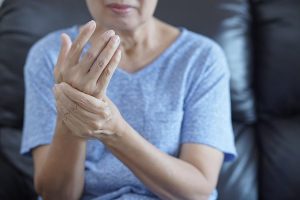
A particular brain wave may help diagnose concussions in high school football players and predict when it’s safe for them to return to play, new research suggests. Delta waves are markers of brain injury and perhaps healing. They tend to decrease with age, but researchers found increased levels of these low-frequency waves in the brains of high school football players after a concussion. Levels declined only after symptoms eased, the researchers observed. “There’s debate right now in the science literature over whether that indicates damage or if it’s a healing response to the damage,” said lead researcher Elizabeth Davenport, an assistant professor of radiology at University of Texas Southwestern O’Donnell Brain Institute in Dallas. “The jury’s out on whether or not it’s healing or just a kind of distress signal.” Concussions are a form of brain injury caused by a blow to the head or violent shaking of the head and body. Davenport suspects delta waves might be a sign of the brain cleaning and repairing itself after such an injury. They might also be a sign of the brain’s connecting cells, axons, being torn apart, she said. These two activities might not, however, be mutually exclusive. As the brain heals, delta waves disappear, Davenport noted. “What we’re really hoping for with this is that it becomes a part of the toolkit that doctors have… read on > read on >





























-300x200.jpg)







-300x169.jpg)
